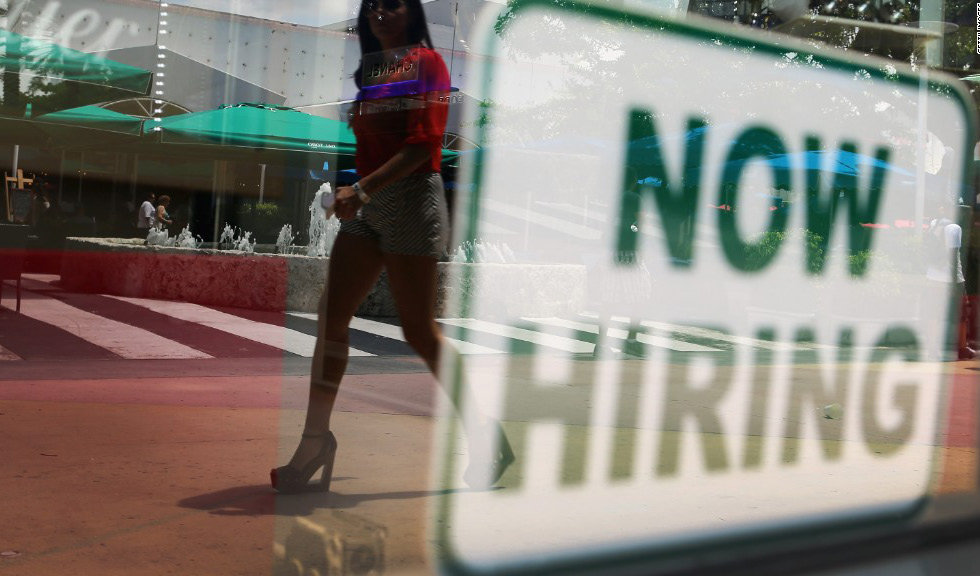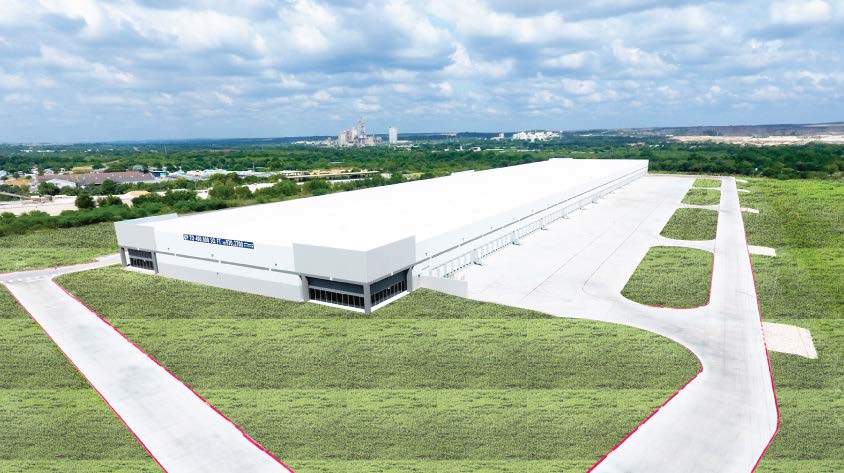How do concepts of fair play apply to Land Use Regulation?
By: Reid C. Wilson
Wilson Cribbs + Goren
When engaged in a real estate deal, most would agree that parties should both stand behind their representations and not change any rules of engagement, or be subject to legal challenge. But what if the other party is a government? Is the government subject to the same rules of fair play? The answer is no, but the state legislature has added a significant protection for land owners/developers through vested rights.
In the private context, there can be both written and oral agreements. In Texas, a clearly drafted written agreement between private parties is, except in a few exceptions, enforceable in accordance with its terms. Oral agreements are problematic, but a well-established body of case law provides for enforcement of certain oral agreements. Where a representation is made by one party to another party in the context of a business relationship, and the receiving party reasonably relies upon that representation to their detriment, the legal concept of estoppel bars the party making the representation from reneging on it, notwithstanding the lack of a written contract. The theory is that it is equitable to enforce these type of non-written business understandings. Therefore, a private party could be bound to what it represented to another party as the rule of engagement for a deal.
Click here to read the rest of this Article.









